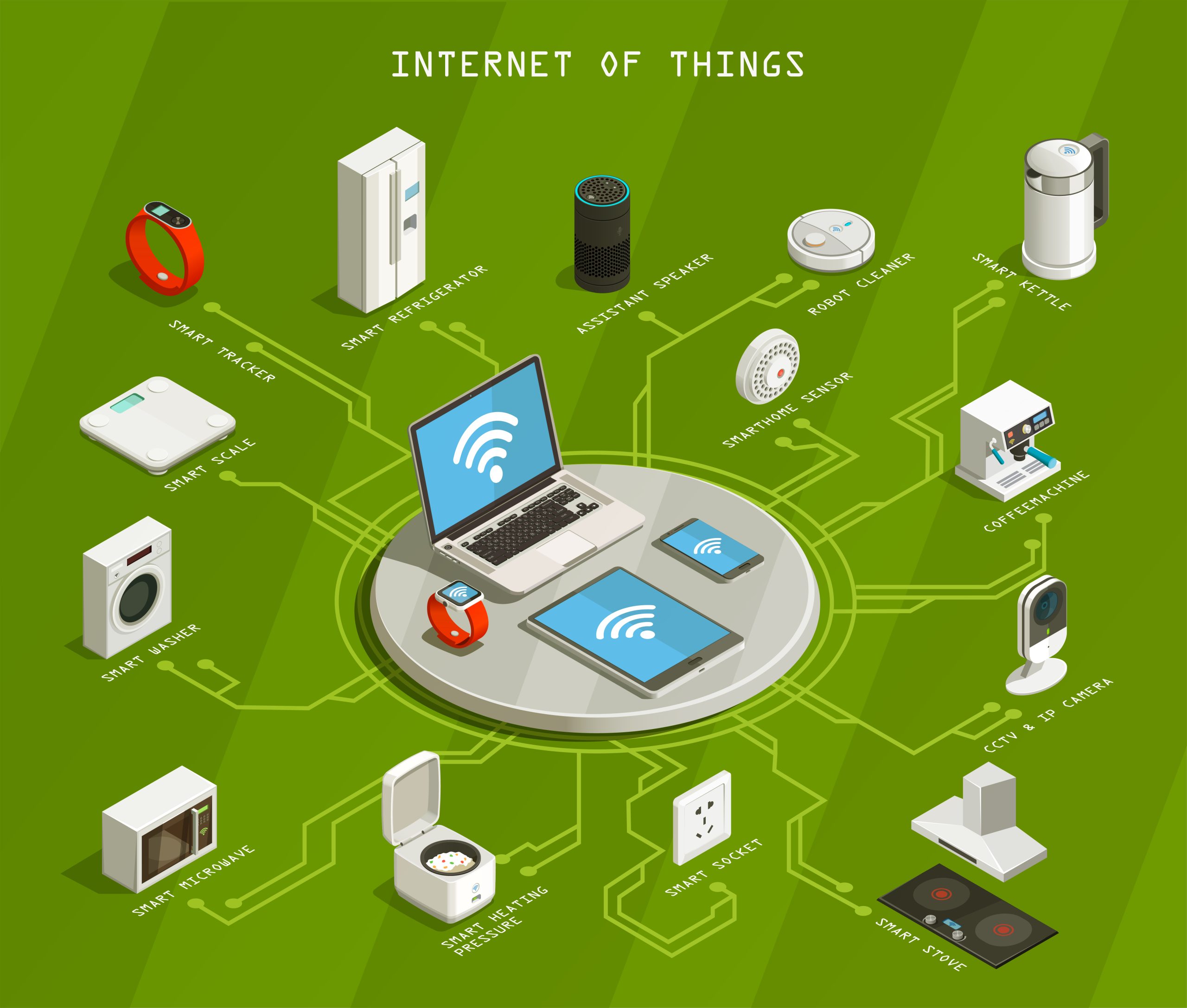In our rapidly evolving technological landscape, the Internet of Things (IoT) has emerged as a transformative force, connecting devices and systems like never before. From smart homes and wearables to industrial machinery and healthcare devices, IoT technology promises convenience, efficiency, and innovation. However, with this interconnectedness comes a host of security challenges that cannot be overlooked. Securing your IoT devices is paramount in safeguarding personal privacy, sensitive data, and critical infrastructure. Here are the top 10 reasons why securing your IoT device has never been more important.
1. Proliferation of IoT Devices
The proliferation of IoT devices is staggering. According to Gartner, there were over 20 billion connected devices worldwide in 2020, a number projected to reach 50 billion by 2030. With more devices collecting and transmitting data, the attack surface for cyber threats expands exponentially. Each unsecured IoT device represents a potential entry point for hackers to infiltrate networks and compromise security.
2. Vulnerabilities in Device Firmware
Many IoT devices run on embedded firmware, which may contain vulnerabilities that hackers can exploit. Unlike traditional software, firmware updates can be challenging to deploy, leaving devices exposed to known security flaws. Without regular patches and updates, IoT devices remain susceptible to exploitation, putting users at risk of data breaches, surveillance, and manipulation.
3. Privacy Concerns
IoT devices often capture sensitive information about users’ habits, preferences, and behaviors. From smart thermostats monitoring heating patterns to fitness trackers recording exercise routines, these devices generate a wealth of personal data. Without robust security measures, this data is vulnerable to unauthorized access, leading to privacy breaches, identity theft, and intrusive surveillance.
4. Botnet Attacks
Botnets, networks of compromised devices controlled by hackers, pose a significant threat to IoT security. In a botnet attack, hackers exploit vulnerabilities in IoT devices to enlist them in large-scale coordinated attacks, such as Distributed Denial of Service (DDoS) attacks. By harnessing the computing power of thousands or even millions of compromised devices, botnets can overwhelm targeted systems, disrupting services and causing widespread chaos.
5. Financial Losses
The consequences of IoT security breaches extend beyond privacy violations and system disruptions. Businesses and individuals alike face significant financial losses due to cyberattacks on IoT devices. Whether through ransom demands, theft of sensitive financial information, or regulatory fines for non-compliance, the financial impact of inadequate IoT security measures can be devastating.
6. Critical Infrastructure Risks
IoT technology plays a vital role in managing critical infrastructure, including energy grids, transportation systems, and healthcare facilities. However, the interconnected nature of these systems also makes them vulnerable to cyber threats. A successful attack on IoT devices controlling critical infrastructure could result in power outages, transportation disruptions, or even jeopardize public safety and health.
7. Regulatory Compliance Requirements
Governments around the world are implementing regulations to address the growing cybersecurity risks associated with IoT devices. Compliance with these regulations is essential for businesses operating in regulated industries to avoid penalties and legal liabilities. Strong security measures help organizations show they are in conformity with regulations and reduce the possibility of expensive enforcement proceedings.
8. Reputation Damage
The fallout from a security breach goes beyond immediate financial and operational impacts. Organizations that fail to secure their IoT devices risk damaging their reputation and losing the trust of customers, partners, and stakeholders. News of a data breach or security incident can tarnish a company’s brand image, leading to customer attrition, negative publicity, and long-term reputational harm.
9. Growing Sophistication of Cyber Threats
Cybercriminals are continually evolving their tactics, techniques, and procedures to bypass security defenses and exploit vulnerabilities in IoT devices. From sophisticated malware and ransomware attacks to social engineering and supply chain compromises, the threat landscape is becoming increasingly complex and challenging to defend against. Securing IoT devices requires a proactive and multi-layered approach to detect and mitigate emerging threats effectively.
10. Protecting Personal Safety and Well-being
Beyond financial and reputational considerations, securing IoT devices is fundamentally about protecting personal safety and well-being. From connected medical devices monitoring patients’ health to autonomous vehicles navigating city streets, the reliability and security of IoT technology directly impact human lives. A breach of a medical IoT device, for example, could have life-threatening consequences, underscoring the critical importance of robust security measures in safeguarding public health and safety.
In conclusion, the importance of securing IoT devices cannot be overstated in today’s interconnected world. From safeguarding personal privacy and sensitive data to protecting critical infrastructure and ensuring public safety, the stakes are higher than ever. By understanding the evolving threat landscape, implementing robust security measures, and staying vigilant against emerging cyber threats, individuals and organizations can mitigate the risks associated with IoT technology and harness its transformative potential responsibly.




